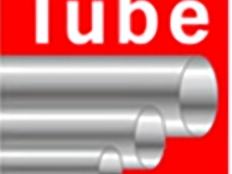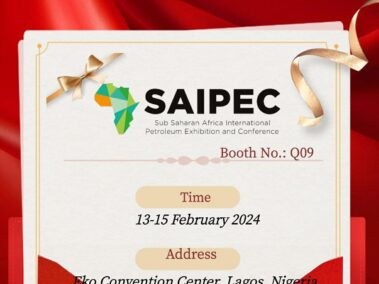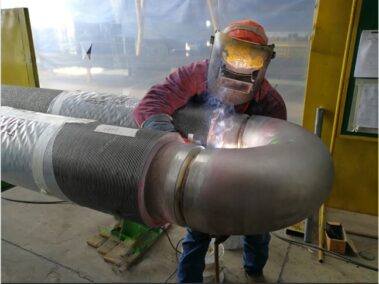Welding is a fundamental process in numerous industries, particularly when it involves steel pipes and butt weld pipe fittings. The quality of the weld can significantly affect the overall durability, safety, and performance of the resulting structure or system. This article will explore some critical precautions to consider when welding these components together.
Understanding the Components
Before discussing the precautions, it’s vital to understand the components involved. Steel pipes are widely used across industries because of their strength and versatility. Butt weld pipe fittings, on the other hand, are used to change the direction, branch off, or change the pipe size within a piping system.
Precautionary Measures
1. Proper Material Preparation
The first step before the actual welding process involves preparing the materials properly. Both the steel pipe and the butt weld pipe fitting should be clean and free from rust, oil, or any other contaminants. These elements can negatively affect the weld’s quality, leading to weak joints and potential failures.
2. Accurate Alignment
The fit-up and alignment of the steel pipe with its matching butt weld pipe fitting is extremely important. If these two elements are not aligned correctly, it can lead to potential problems in the welding process such as incomplete fusion or porosity. It’s essential that all angles are checked prior to welding. Any misalignment can lead to undue stress on the joint, which can ultimately result in failure of the piping system.
3. Appropriate Welding Technique
Choosing the right welding technique is essential and depends on factors such as material thickness and specific application requirements. Techniques such as Gas Tungsten Arc Welding (GTAW) or Shielded Metal Arc Welding (SMAW) may be used, depending on these factors.
The general welding techs are :
1) butt weld: This joint is commonly used to join two pieces of material, typically at a 90-degree angle.
2) corner weld: This type of weld joint is similar to the butt weld, but uses a slightly different geometry where two or more pieces of metal meet and overlap at an angle other than 90 degrees.
3) lap weld: Lap welding joints are formed when two overlapping pieces of metal are welded together, creating a stronger joint than a butt or corner weld.
4) fillet weld: This type of welding joint consists of two parts joined at right angles and held together by a series of triangular-shaped welds along the edges.
5) plug/slot weld: Plug or slot welds are used to join components that have cylindrical holes or slots cut into them. The weld is created by filling the hole or slot with a molten metal and then joining the two parts together.
6) groove weld: Groove welding joints are used to join two pieces of metal at right angles, creating a stronger joint than other types of welds. The joint is created by cutting a ‘V’ shaped groove in the two pieces of metal and then filling it with a molten metal.
7) lap weld: Lap welds are used to join two pieces of metal that have overlapping edges, creating a strong joint that is resistant to shear forces. The joint is created by welding along the overlapping edges and then grinding or filing down any excess material.
It is important to match the welding technique to the pipeline material and components, in order to ensure a strong and reliable weld. Welding parameters such as current, voltage, travel speed, and shielding gas must also be kept within specified ranges for optimal welding results. Additionally, it’s
4. Heat Control
During the welding process, controlling heat input is paramount as excessive heat can cause distortion and residual stress within the joint. This could potentially lead to premature failure. Therefore, proper heat control and allowing appropriate cooling time between weld passes are essential.
5. Post-Weld Inspection
Once the welding process is complete, a thorough inspection of the weld joint should be conducted. This can help identify any defects such as cracks, porosity, or incomplete fusion that could affect the integrity of the piping system.
Conclusion
Welding steel pipes with butt weld pipe fittings requires precision, care, and adherence to safety protocols. By taking the necessary precautions, you can ensure a high-quality weld that enhances the reliability and longevity of your piping system. Remember, safety should always be a priority, and appropriate protective gear should be worn during the welding process.
Each welding project has unique requirements, and it’s advisable to consult with a welding professional before embarking on your project.
#SteelPipes #ButtWeldPipeFittings #WeldingPrecautions #IndustryStandards #SafetyFirst






